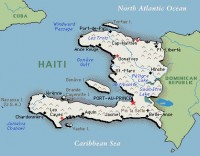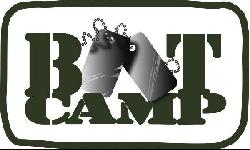 While some of us have operated in the field under emergency conditions such as during hurricanes and just after earthquakes, most hams haven’t.
While some of us have operated in the field under emergency conditions such as during hurricanes and just after earthquakes, most hams haven’t.
I have done both, but during the recent series of Haitian earthquakes I have been, for the most part, on the “sidelines”.
I currently monitor some of the emcomm traffic coming out of the affected area by listening to the SATERN frequencies and even taking a turn at being a SATERN net control op.
Very few communications have been coming out of the country because there are presently only two amateur radio operators down there.
Hopefully, things will change if agencies get “their act together” and send communications “Jump Teams” to help send health and welfare traffic from Haiti so loved ones back in the U.S. and other countries will know that their friends/relatives in Haiti are alive. Just this simple act will relieve a lot of burden and suffering.



